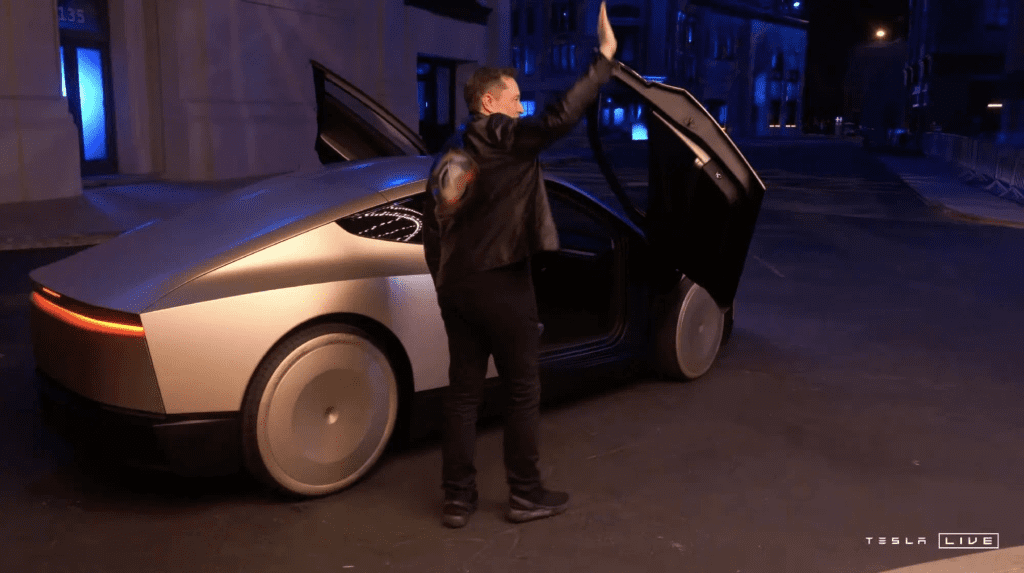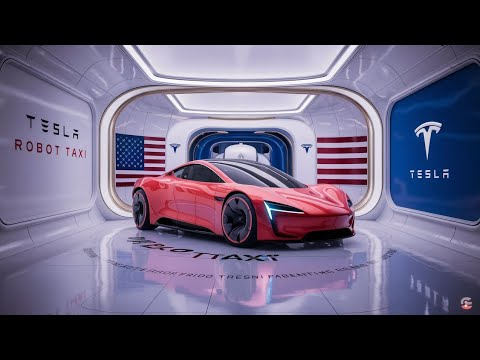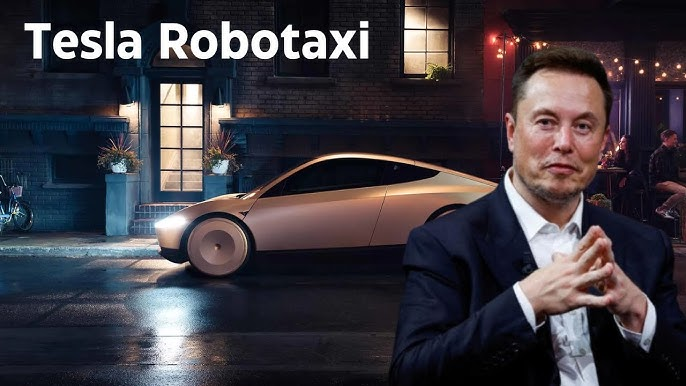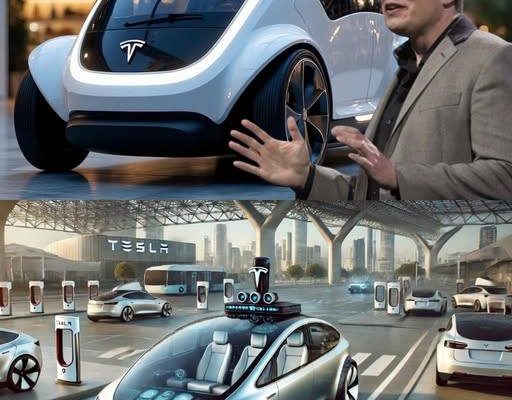In a bold move set to redefine the transportation landscape, Tesla CEO Elon Musk has announced the imminent launch of the company’s fully autonomous robotaxi service. Slated to debut in Austin, Texas, by June 2025, this initiative aims to integrate cutting-edge artificial intelligence with Tesla’s electric vehicle technology, offering a seamless and efficient ridesharing experience.

A New Era of Autonomous Transportation
Tesla’s robotaxi service will utilize a fleet of company-owned vehicles equipped with the latest version of Full Self-Driving (FSD) software. These vehicles are designed to operate without human intervention, marking a significant milestone in the pursuit of autonomous mobility. Musk emphasized the company’s cautious approach, stating, “We just want to put a toe in the water, make sure everything’s okay… with safety of the general public and those in the car as a top priority.”
Strategic Launch in Austin

Austin’s regulatory environment has been conducive to the development and deployment of autonomous vehicles. Texas law permits the operation of driverless cars without special permits, provided they meet standard safety and insurance requirements. This favorable legal framework has positioned Austin as an ideal testing ground for Tesla’s ambitious project.
Competition and Market Dynamics
The introduction of Tesla’s robotaxi service is poised to intensify competition within the ridesharing industry. Companies like Uber and Alphabet’s Waymo have already established their presence in the autonomous vehicle sector. Uber CEO Dara Khosrowshahi acknowledged Tesla’s independent approach, noting, “They want to build it alone, so to some extent in Austin, we and Waymo will be competing with Tesla when they launch.”
Technological Advancements and Future Plans

Tesla’s commitment to innovation extends beyond the robotaxi service. The company is also developing the Cybercab, a dedicated autonomous vehicle designed specifically for ridesharing purposes. Production of the Cybercab is anticipated to commence by 2026, further enhancing Tesla’s offerings in the autonomous transportation market.
Challenges and Considerations
While the prospects are promising, Tesla’s foray into autonomous ridesharing is not without challenges. Regulatory scrutiny, technological hurdles, and public acceptance are critical factors that will influence the success of the robotaxi service. Moreover, Tesla’s reliance on a vision-only approach, eschewing technologies like lidar, has sparked debate among industry experts regarding the efficacy and safety of such systems.
Conclusion
Elon Musk’s vision for Tesla’s robotaxi service represents a significant leap toward a future where autonomous vehicles are integral to daily transportation. As the company prepares for the Austin launch, the world watches closely, eager to witness how this AI-driven innovation will reshape the ridesharing industry and urban mobility at large.



